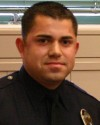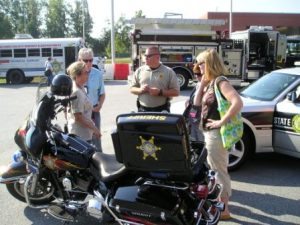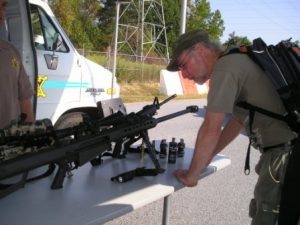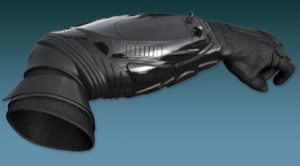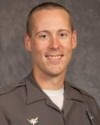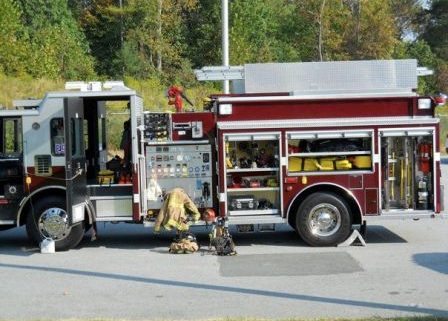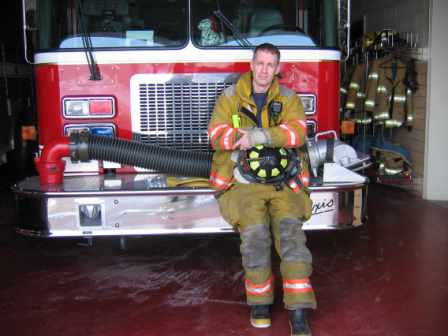10 Technologies that Revolutionized Libraries Worldwide
Libraries form an essential component of human society — they educate, they enlighten, they entertain. But, most importantly, they bring together members of the community in order to keep intellectualism and innovation flowing. And in order to stay relevant, libraries have to open themselves up to emergent technologies, discovering creative ways to apply them in the service of the people. Plenty more than these 10 exist of course, but this list seeks to capture some of the more notable ones throughout all of recorded history — regardless of whether or not they have fallen out of fashion.
Written Language: After humanity’s transition from oral tradition to written, it makes sense that such an evolution would eventually give rise to vast literary repositories. Libraries unearthed in Egypt and Mesopotamia, specifically the former Sumerian empire (most notably Nippur), may very well be the oldest known to archaeology thus far. Ugarit, as of 1200 BCE, boasted what history generally accepts as the first private libraries. Along with other ancient libraries, these wondrous institutions archived thousands of clay tablets — usually written in cuneiform — covering a wide range of political, academic, economic and literary subjects.
Scrolls: Successor to clay tablets and predecessor to books, scrolls marked the next stage in library evolution. First used by the ancient Israelites, Egyptians and Latins, they afforded readers a higher degree of portability and writers a far more lengthy conduit. Scrolls began life as parchment or papyrus rolls, although the Israelites were recorded as using the skins of kosher animals as well. Other animal hides would gradually work their way into the technology over time. Each civilization and region boasted its own unique technological and aesthetic details.
Paper: Considering paper still enjoys wide use today, one can easily label it an integral library technology. Its ancient roots trail all the way back to before the Han Dynasty, though that particular era marked the first formalized process. Cai Lun, a eunuch, created this technique using macerated hemp leftovers, mulberry, fishnets, rags and any other fibers he could acquire. Hundreds of years before that, however, the ancient Chinese were using paper products for correspondence, wrapping, making tea and padding delicate objects for transport — but making it proved difficult. Trading allowed for Cai Lun’s brand new papermaking strategies to spread throughout the country before eventually creeping into the rest of the world.
Binding: Like paper, bookbinding came about during ancient times and continues on into the present — making it an obvious library mainstay! The earliest strategies date back to India, where crafters would write on leaves (usually palms), dry them, rub on some ink, then thread them together carefully. Content was generally religious in nature. Over time, the technique took on more steps and encompassed a broader range of materials, including paper, animal skins (most notably leather), board and plenty more. And, obviously, began to spread worldwide from its Indian origins thanks to the travels of Buddhist monks. Asia enjoyed books while European and North African empires still kept libraries full of scrolls.
Dewey Decimal Classification: The Dewey Decimal Classification (DDC) was by no means the first library classification system. Nippur, the Royal Library of Alexandria and other ancient institutions were all known to have their own methods of cataloging and tracking their holdings. However, Melvil Dewey’s handy little system has endured as the standard, now used in over 200,000 libraries spanning 135 different nations. Developed in 1876, it divides the entirety of literature into 10 categories, further divided into subcategories denoted by the eponymous mathematical mark. Since its inception, DDC has undergone 22 major rounds of edits. The Online Computer Library Center (OCLC) currently owns the trademark after purchasing it in 1988, enjoying the honor of being the governing body responsible for publishing revisions and new editions.
Audiobooks: Audiobooks date back to the spoken word albums of the 1930s. Typically relating plays rather than novels or other longform fiction, they could be found in libraries and schools for perusal. In 1931, the United States Congress created Books for the Adult Blind Project, and The American Foundation for the Blind commissioned and contributed recordings a year later. However, it wasn’t until the 1980s when audiobooks really hit the big time. Many, if not most, libraries at that point still kept them on hand for visually impaired patrons, but the swelling trend allowed them a wider selection from which to choose. Now available in multiple formats, usually CD or MP3, the thousands of audiobooks out there form an integral cornerstone in making the library even more accessible to differently-abled visitors.
Barcode Scanners: Both barcodes and barcode scanners greatly expedited the check in/check out process. It allows library staff to run the most efficient institution possible, thus granting both themselves and patrons alike an overall improved experience. When hooked up to a computer system, barcode readers play an integral role in cataloging holdings, be they on the shelves, in a visitor’s care, out for a bit of repair or missing entirely. Prior to the barcode’s inception around 1948 and readers in the 1960s and 1970s, libraries (not to mention grocery stores and retail outlets) utilized punch cards, notebooks and other measures to keep items cataloged.
Computers: Even beyond making cataloging and interlibrary communication a comparative breeze (not to mention a great way to save on paper), computers changed the beloved social cornerstone forever. Most systems sport at least one branch equipped with a computer or two for public use. Such a feature greatly helps students with their homework, the homeless communicate with potential job prospects and those unable to afford computers work on their taxes — among other perks, of course. Libraries fortunate enough to boast at least one lab will oftentimes use them to host classes, oftentimes for free or a very small fee. These may revolve around teaching the elderly some basic skills, training parents and kids about staying safe online, helping professionals and students master different programming techniques or software needed to get ahead and plenty more. As a leading repository of knowledge and education, it makes sense that libraries across the globe would embrace computers in order to diversify their potential.
Internet: Along with computers, the internet has spectacularly assisted libraries in reaching out the community in even more amazing ways. Even something as simple as a website connects the citizenry with the holdings, allowing them a chance to save time (and gas!) when searching for a specific read. The more financially blessed libraries out there might be able to include include games, homework help, an “ask a librarian” feature, reading lists, classes, fun quizzes, free classes, contests, downloadable legal forms and plenty more seriously cool resources on their websites. In order to better serve visually impaired patrons, those with the bandwidth oftentimes provide audiobooks for downloading.
Ebook Readers and Tablet Computers: Considering how rapidly ebook readers (Nook, Kindle, etc.) and tablet computers (iPad, PlayBook, etc.) captured consumer interest, it probably comes as no surprise that many libraries have also embraced the hot new technology. While most probably can’t afford to purchase and rent these items out, they can alter their catalogs to accommodate them. In order to save precious shelf space, many allow patrons to download electronic versions of popular reads. Once again, digital devices provided libraries with a great way to expand what they can do for the community at large, building bridges and opening up the populace to new ideas and insights.
* Today’s article is courtesy of http://www.onlinecollege.org/
* * *
Hurry! Hurry! Hurry!

Sisters in Crime will pay most of your registration fee!
Sisters in Crime members can attend the Writers’ Police Academy, to be held Sept. 23 to 25, 2011 near Greensboro, North Carolina, for a deeply-discounted registration fee of $100. SinC national will pay the balance of members’ $255 registration.
Act quickly to take advantage of this offer, which is in effect until June 15, 2011.
If you’re not a Sisters in Crime member, you can sign up for a SinC membership to receive the discount. The annual membership fee for a SinC professional membership is $40.
http://sisters-in-crime-sinc.blogspot.com/2011/05/writers-police-academy-sinc-will-pay.html













